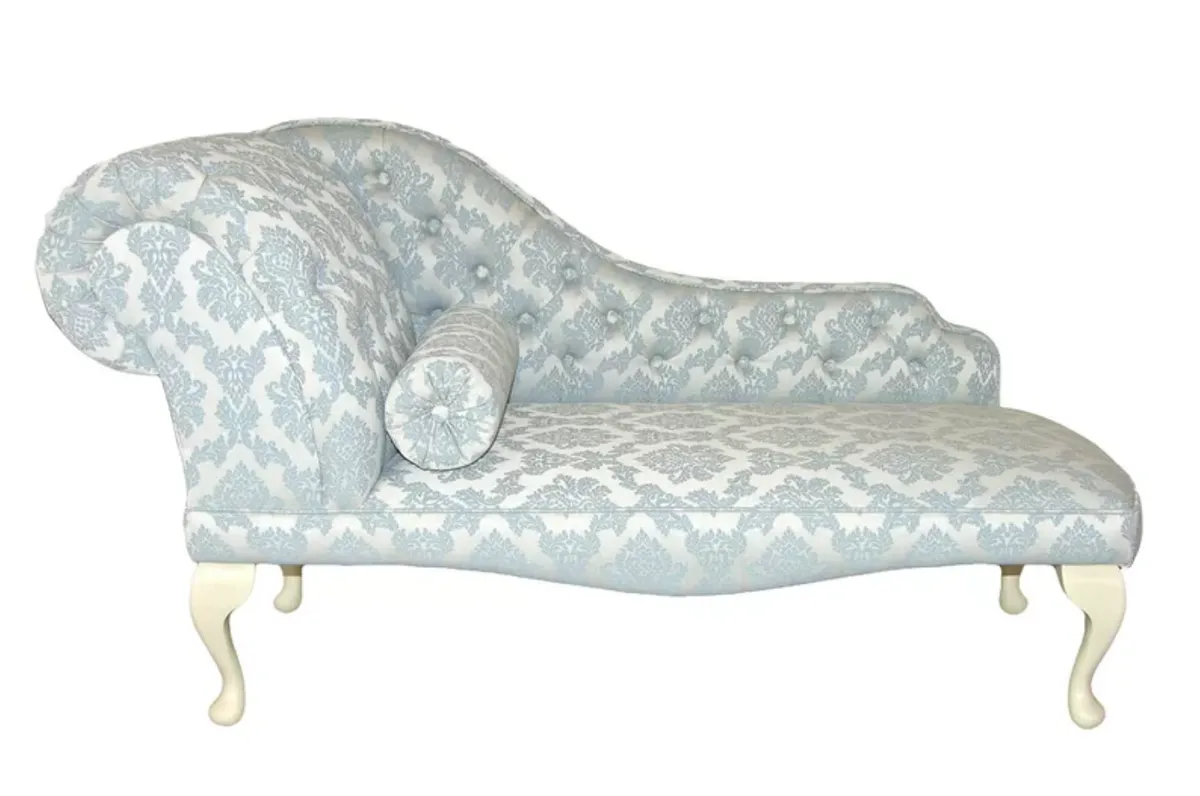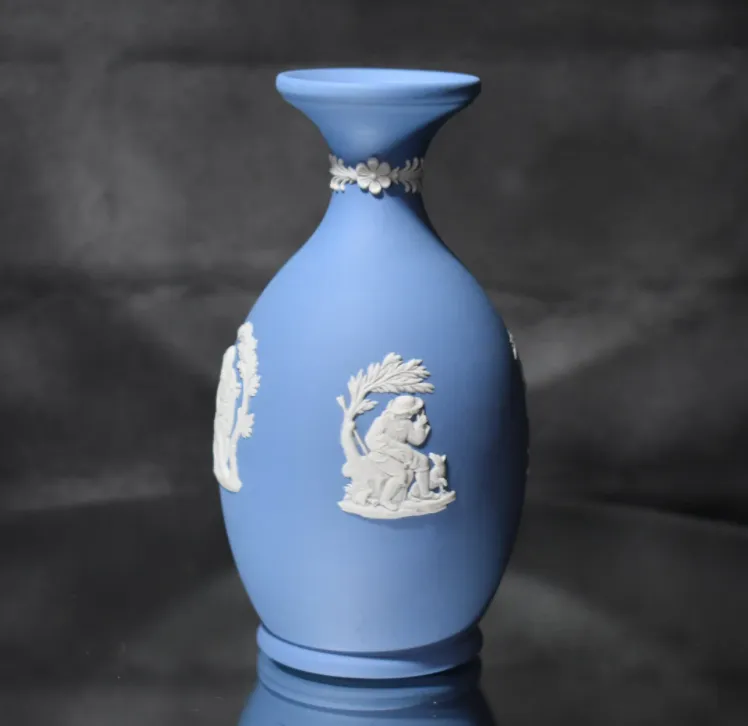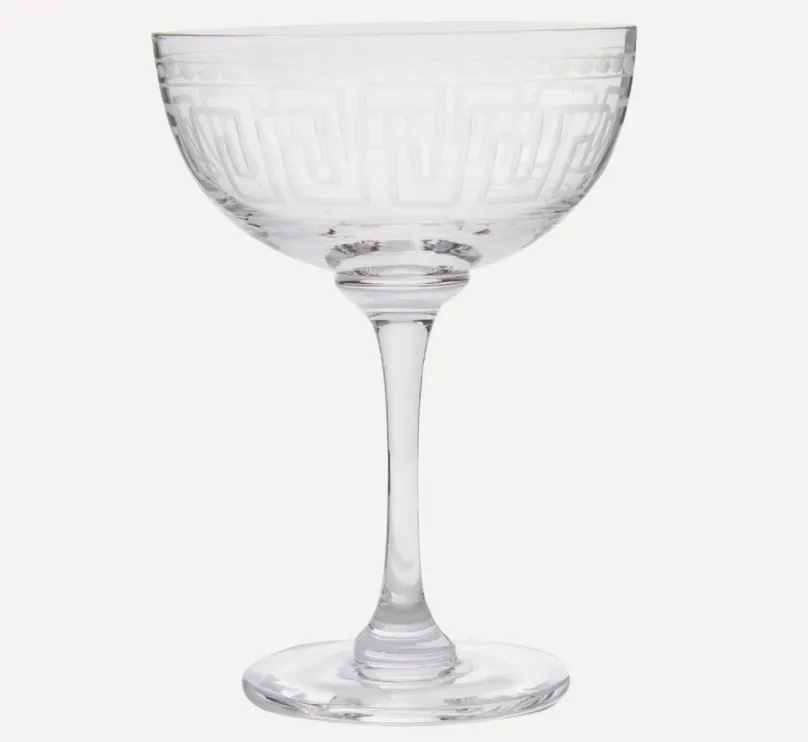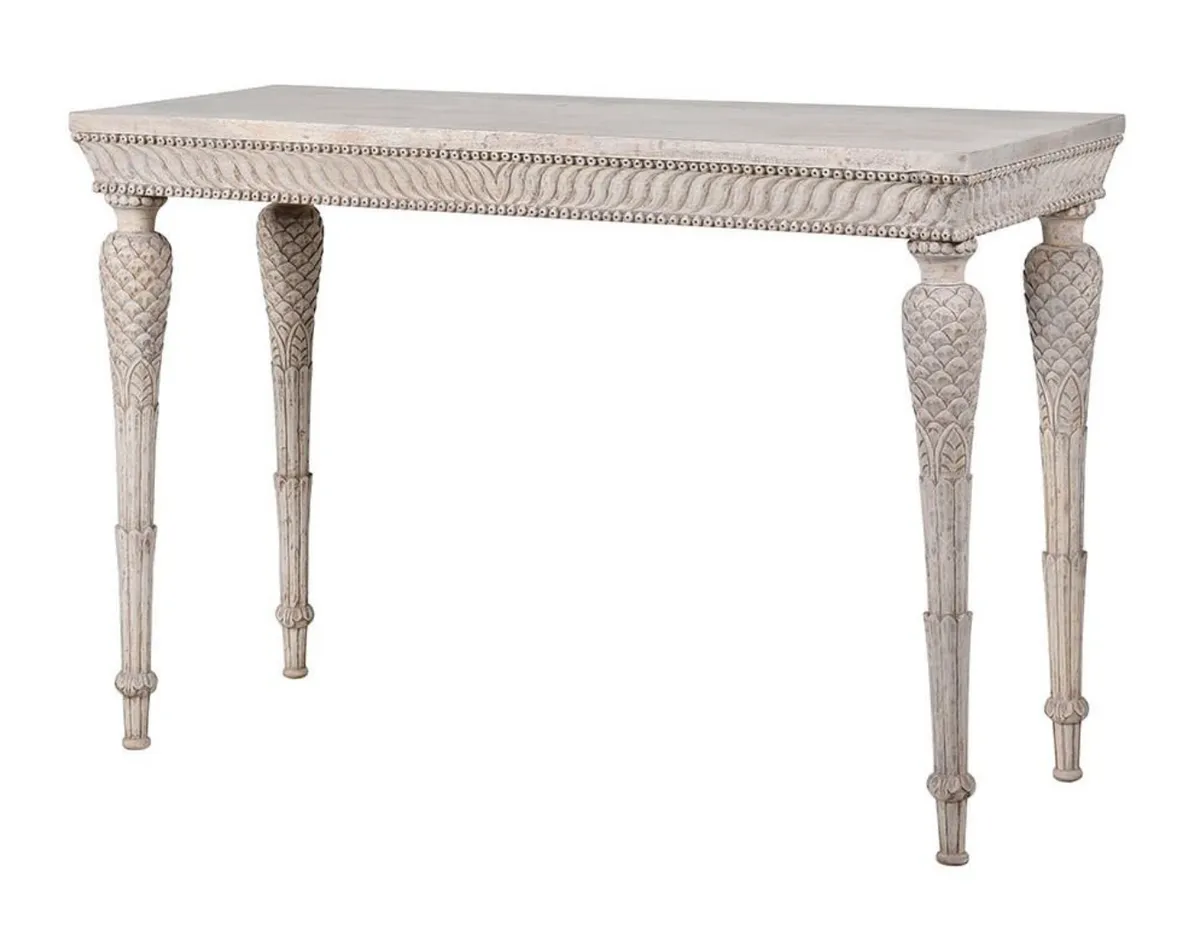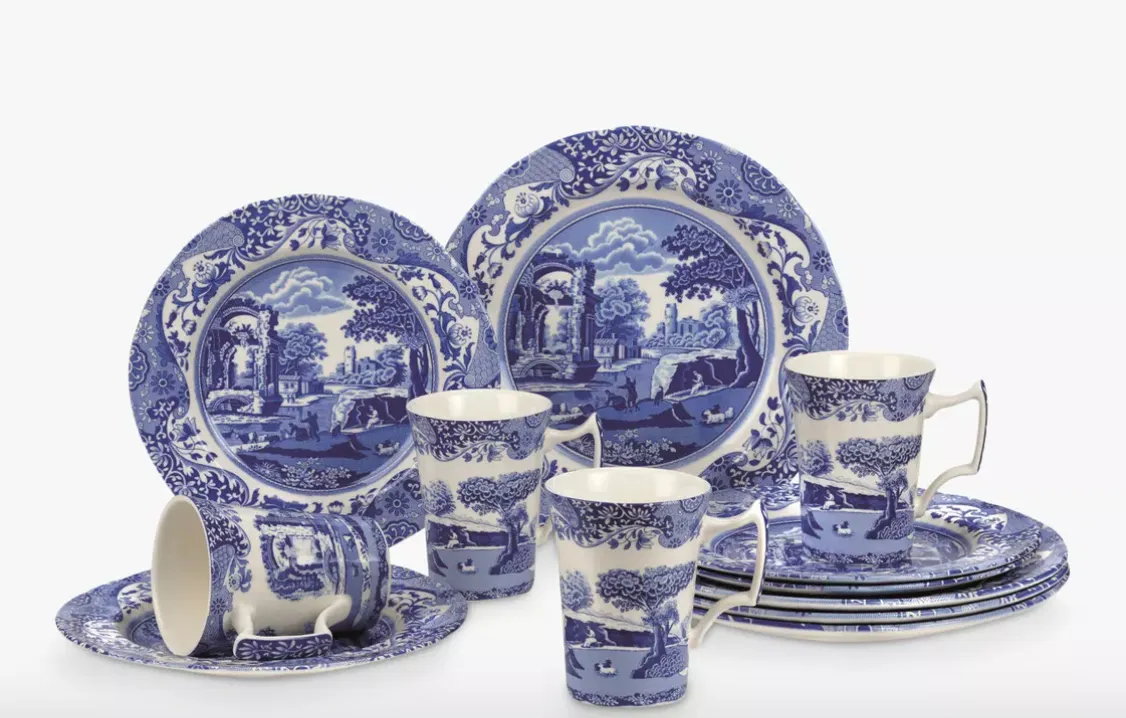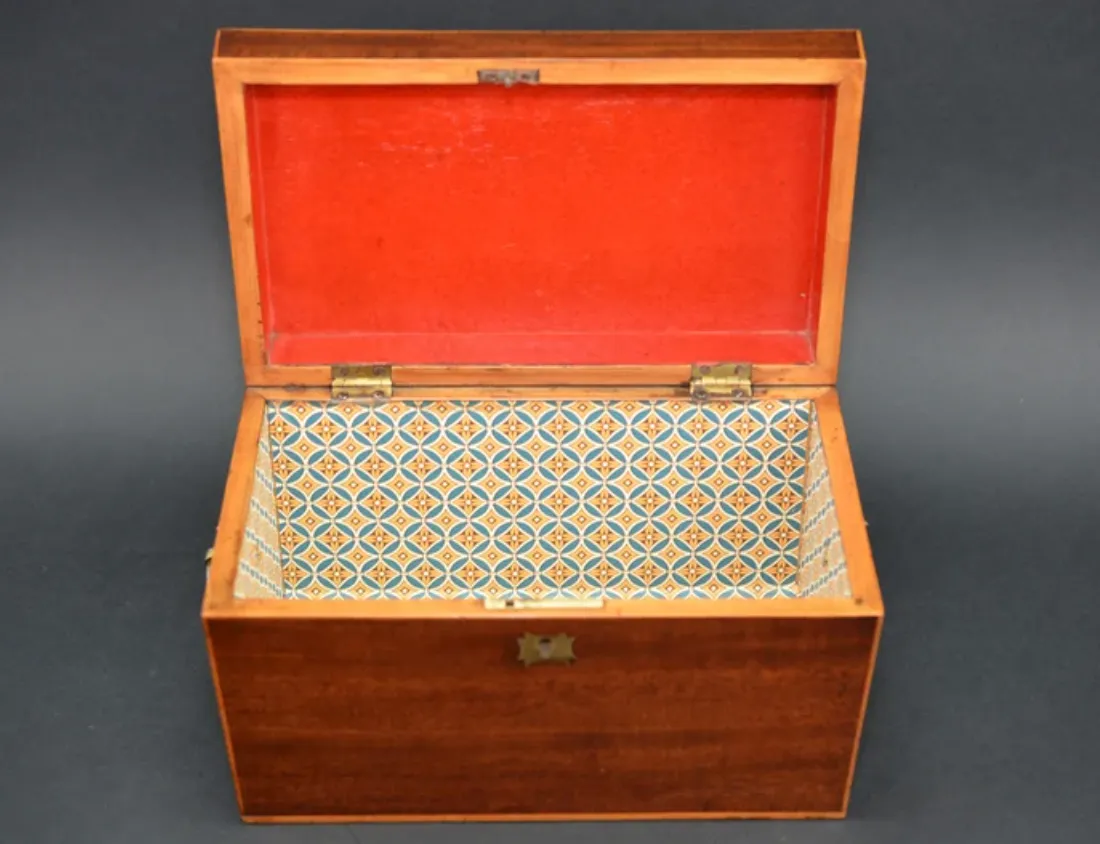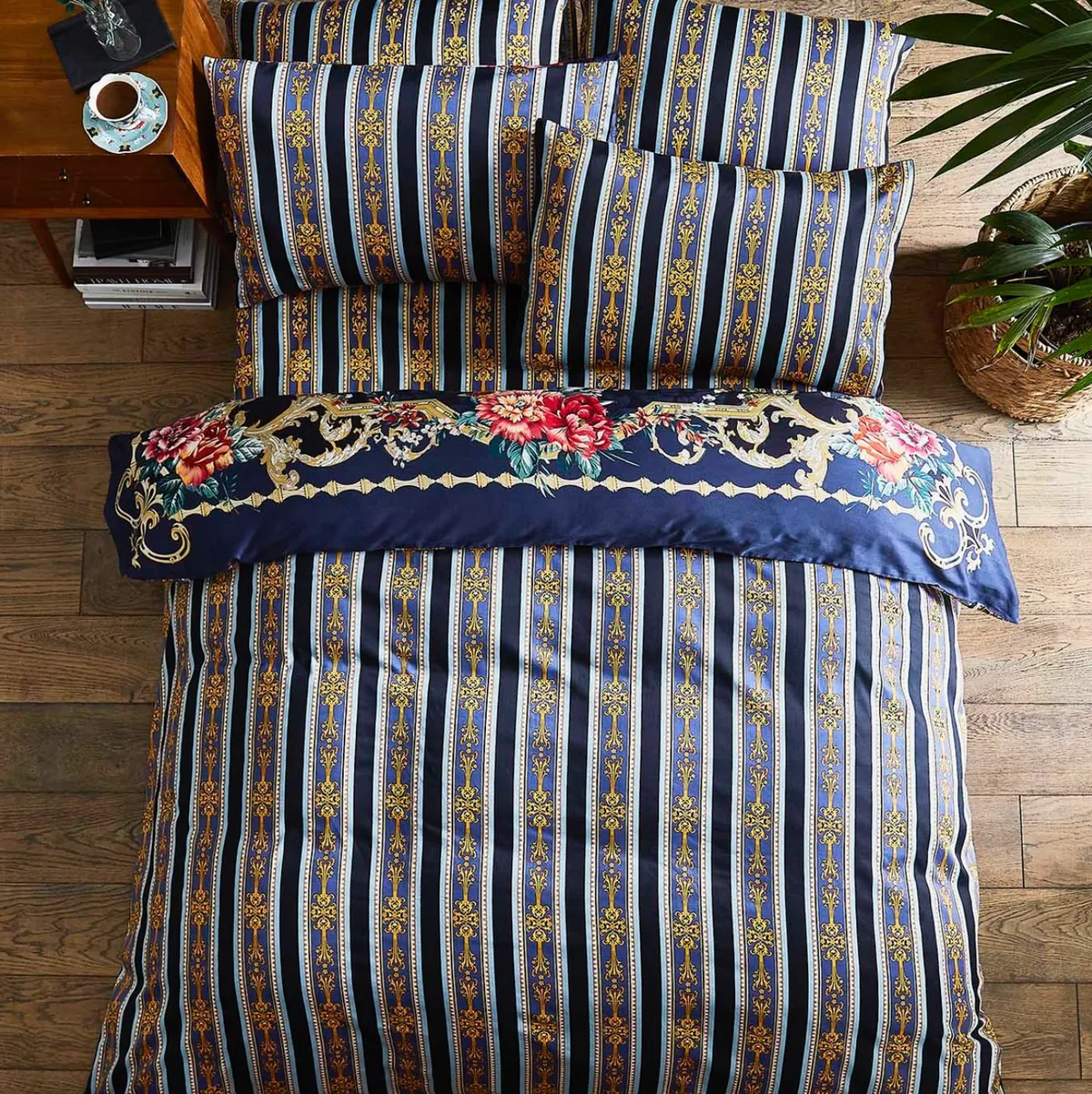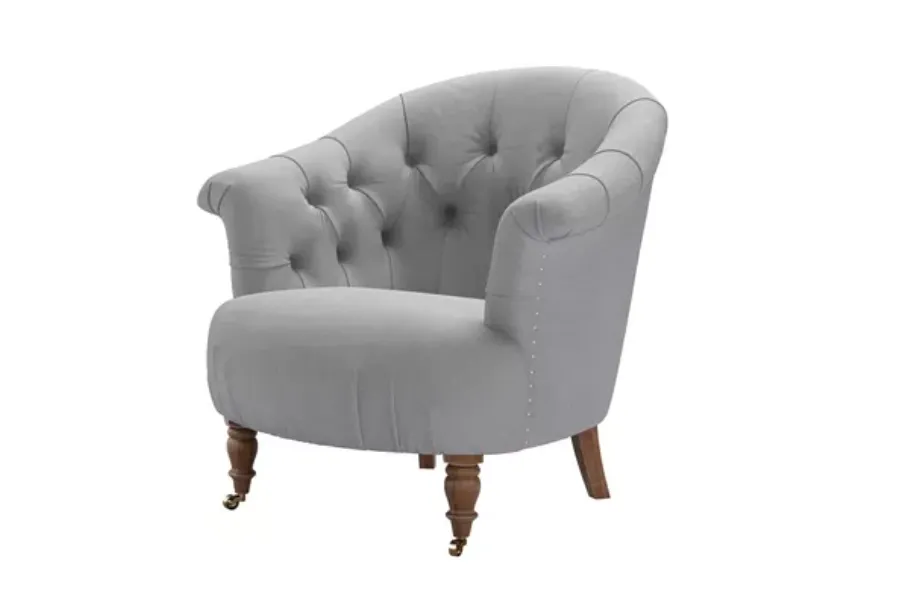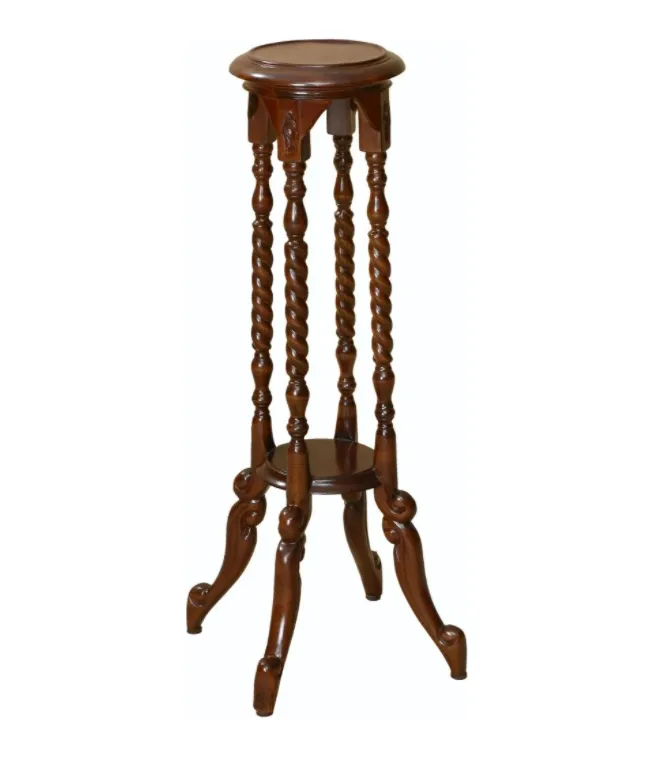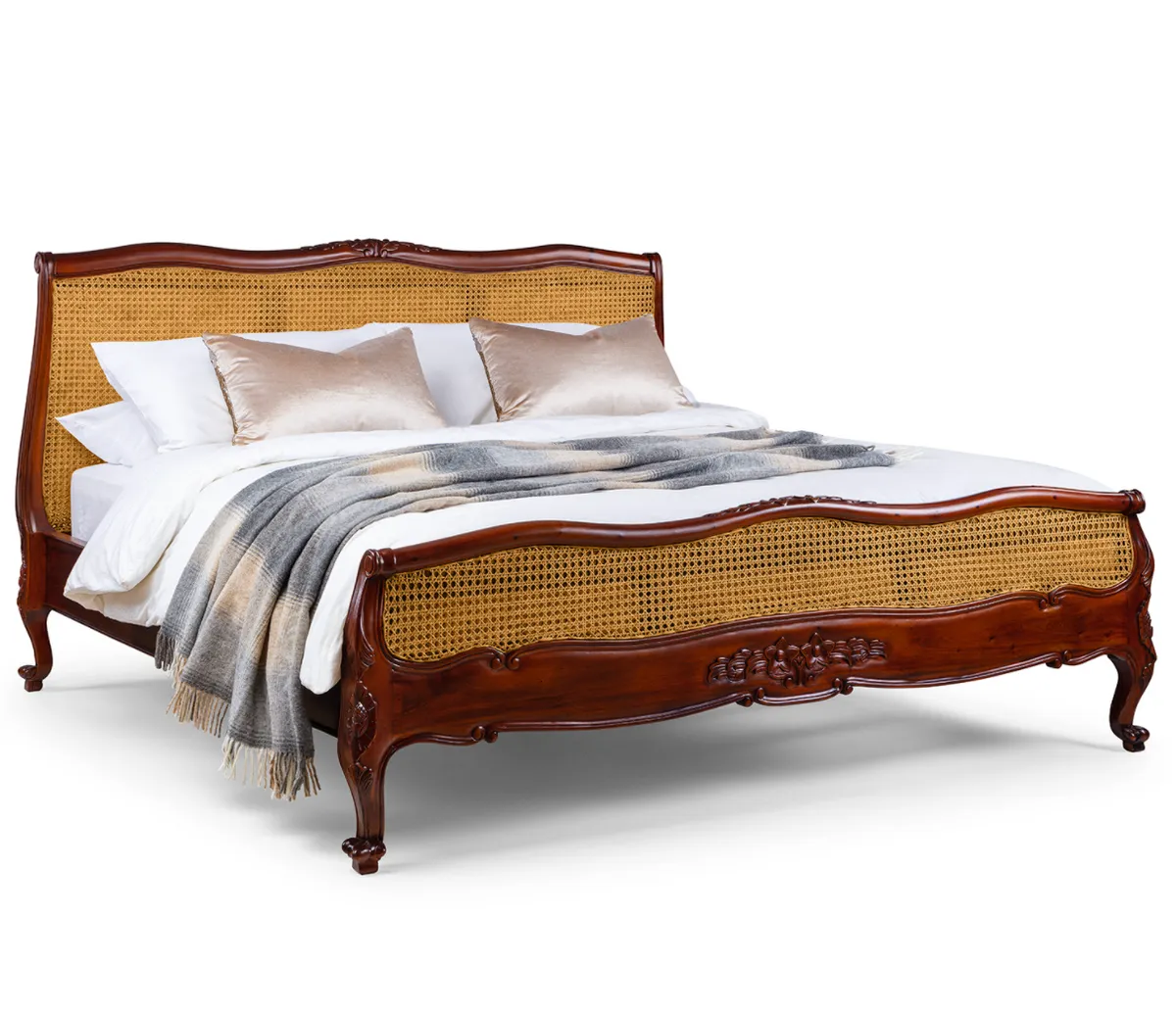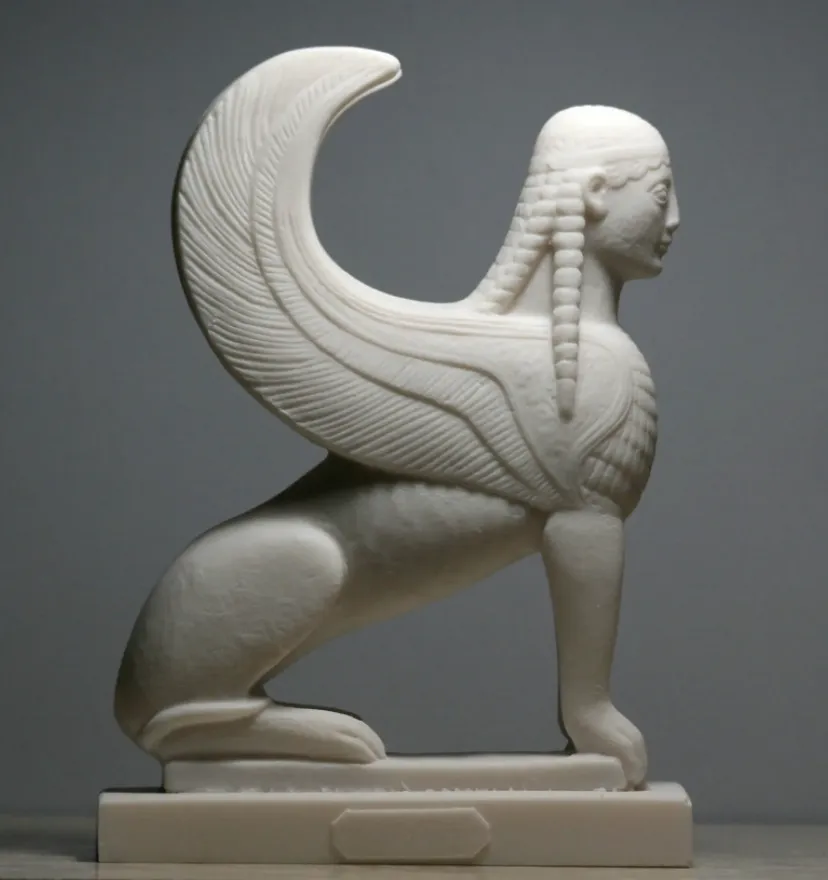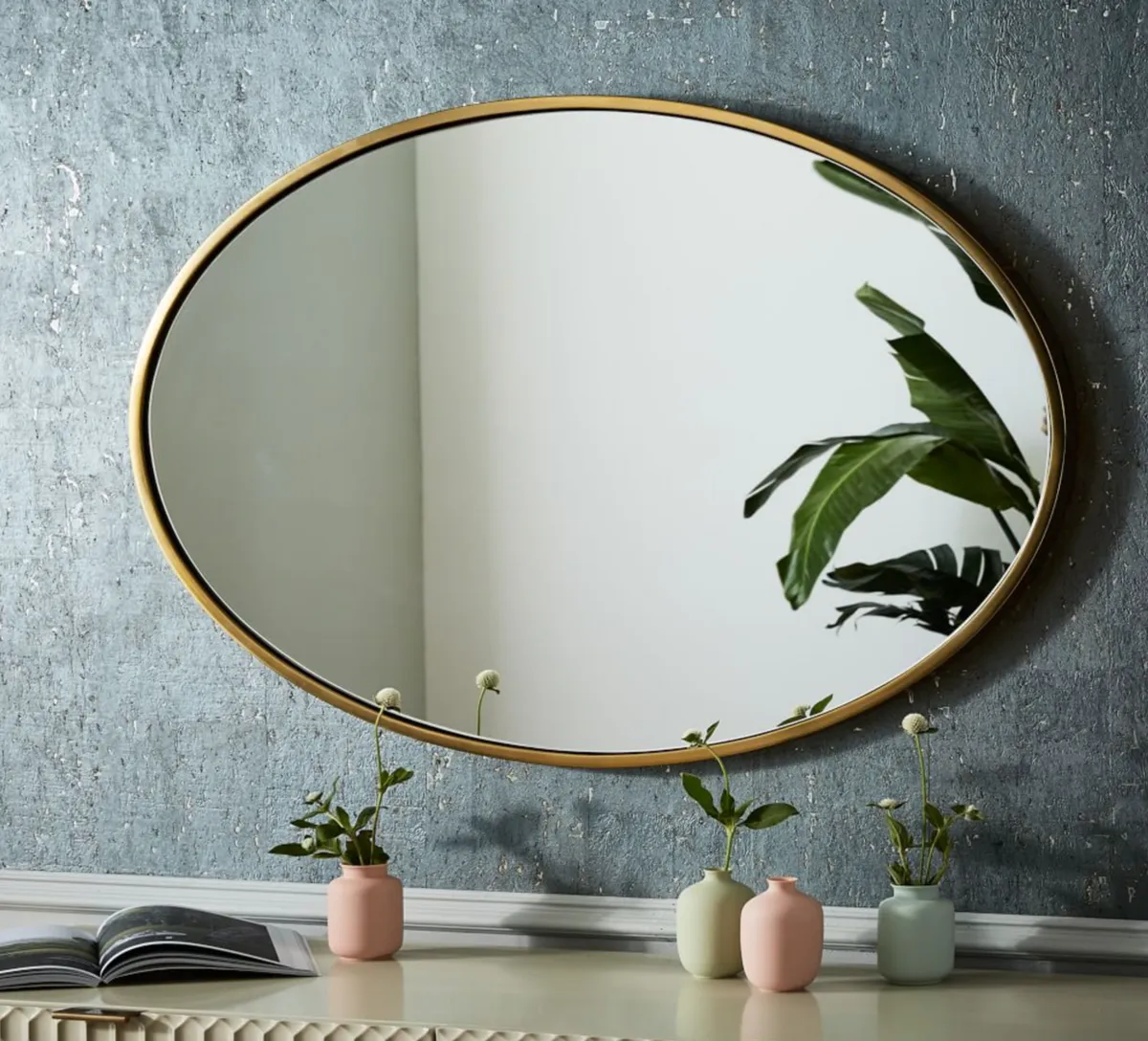The Regency era has always been associated with graceful architecture, interiors and ornate gardens, but since Bridgerton hit our screens the style has rocketed in popularity, spawning the term 'regencycore' to describe the contemporary for late Georgian era decor.

If you've fallen in love with the sumptuous interiors of the Netflix hit, read on to learn more about the key elements of Regency style and how to bring this elegant aesthetic into your home.
And why not savour the Bridgerton experience for real and rent out one of our favourite dreamy stately home holiday lets - perfect for a large group of family and friends
What is Regency style?
Georgian and Regency are often used interchangeably, but Regency refers specifically to the period at the end of the Georgian era, roughly corresponding with the reign of George IV from his accession to the throne as Prince Regent in 1811 to his death in 1830. The style is also often associated with Jane Austen - her first published novel, Sense and Sensibility, went on sale in 1811, and Regency clothing and decor is usually front and centre in film and TV adaptations of her work.
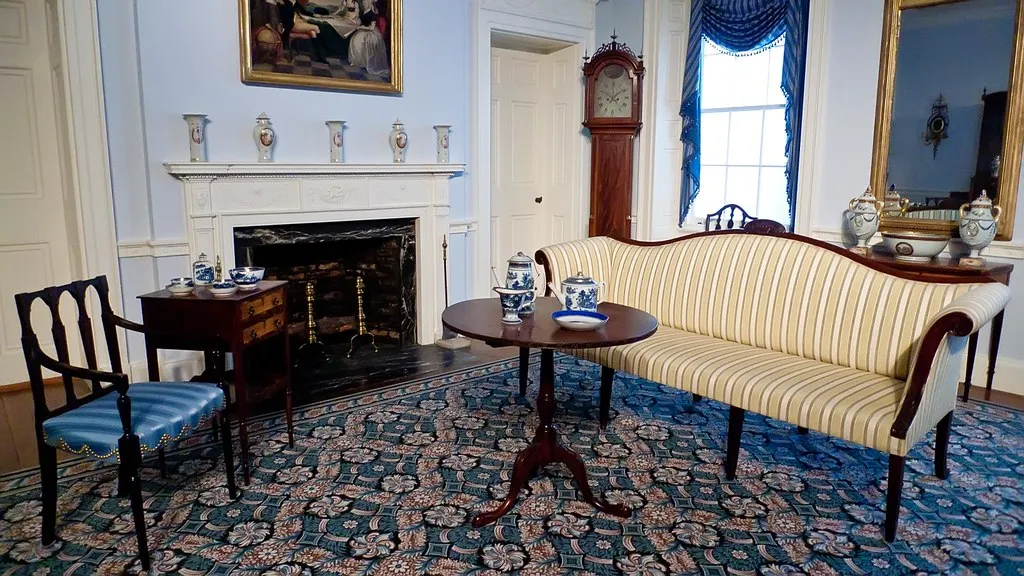
Recently, the term 'royalcore' has emerged to describe interiors inspired by the grand estates of European aristocratic families. This trend also draws heavily on Regency style, as many famous palaces and country houses were decorated during this era.
How to create a Regency interior
Throughout the Georgian era, fashionable homes closely mirrored the architecture found in ancient Greece and Rome - highly symmetrical layouts and clean lines, with simple yet imposing features such as high ceilings, large arches and columns.
However, while the neoclassical style was still very much in vogue, the Regency era saw a move towards creating more intimate spaces. Furniture was no longer carefully arranged at intervals around the room, but clustered naturally around a table or fireplace where the family and their guests could relax and socialise. Reflecting this shift, chairs and sofas became more comfortably upholstered, often in the striped fabric which has become known as Regency stripe. Burgundy, blue-grey and green were popular colours for upholstering furniture.
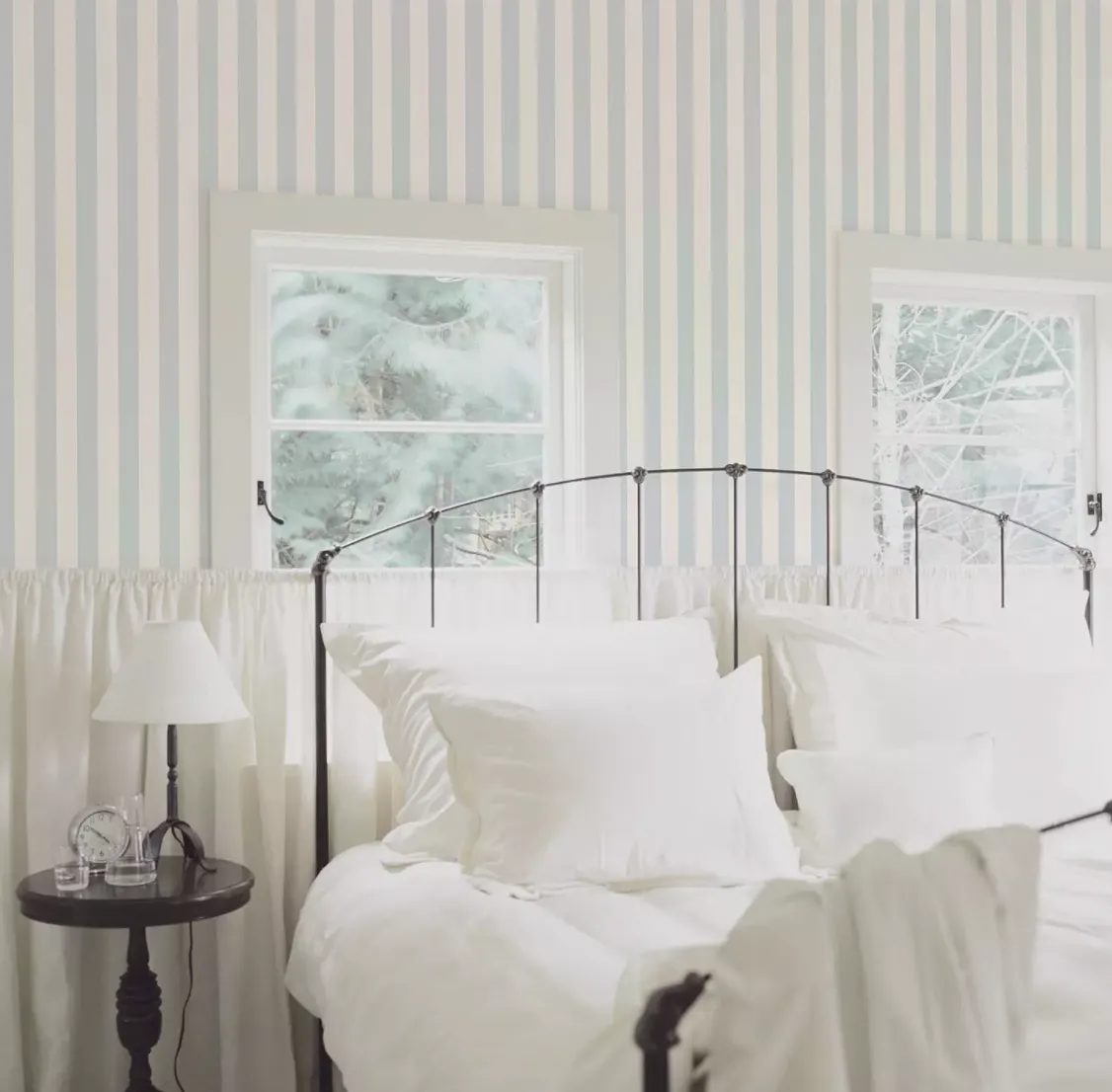
Furniture still displayed the sturdy yet elegant lines of classical style, but Napoleon's campaigns in Egypt had inspired a passion for Egyptian motifs which added flourishes to the simple forms - think table feet shaped like lion paws, or book-ends in the form of winged sphinxes. Other exotic influences included chinoiserie, an aesthetic inspired by East Asian design, as well as Indian or Islamic patterns drawn from Britain's growing colonial empire. Dark woods like mahogany and rosewood were favoured, sometimes with gilded edges or metallic inlays in gold or brass.
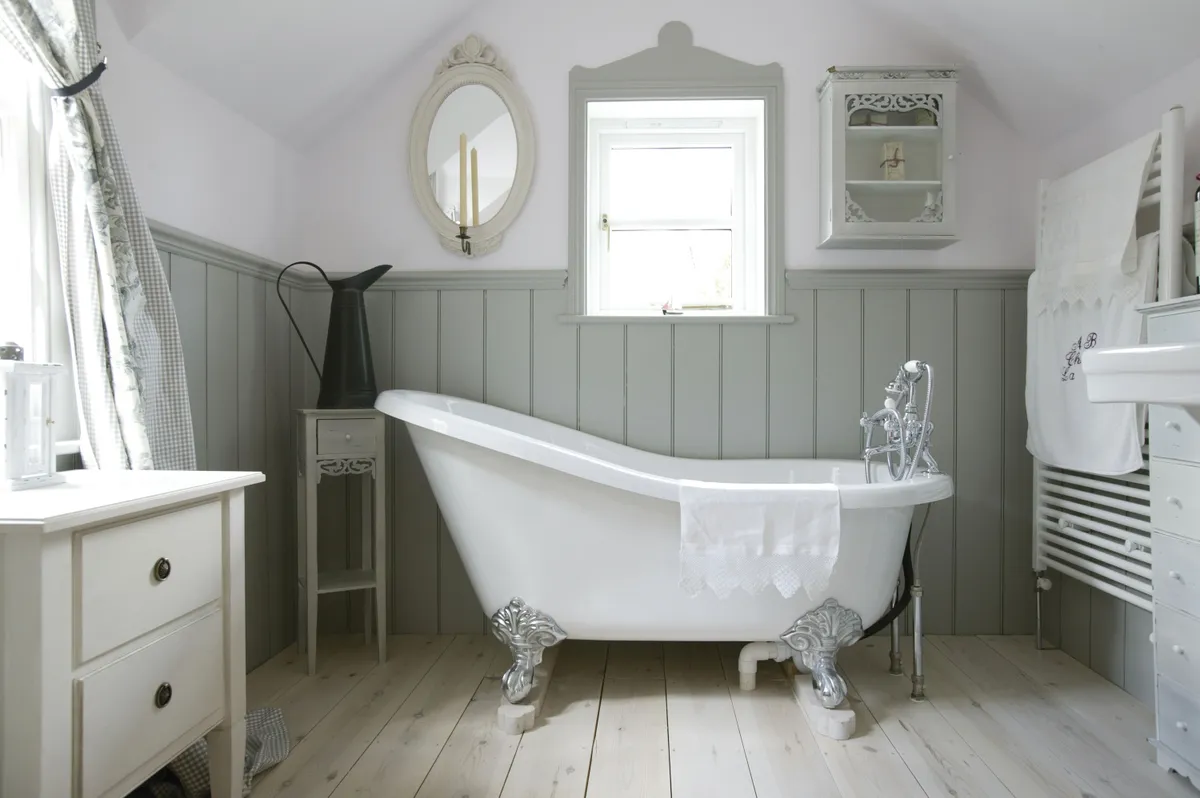
When it came to paint colours, pea-green and burgundy had been all the rage in the early Georgian era and remained a popular choice for decades, but in Regency homes it was pastel shades which were the height of fashion.
Cream, mauve, grey and pale pinks were favourites, and would later be joined by an uplifting pastel blue which would later come to be known as Regency blue due to its association with the period.
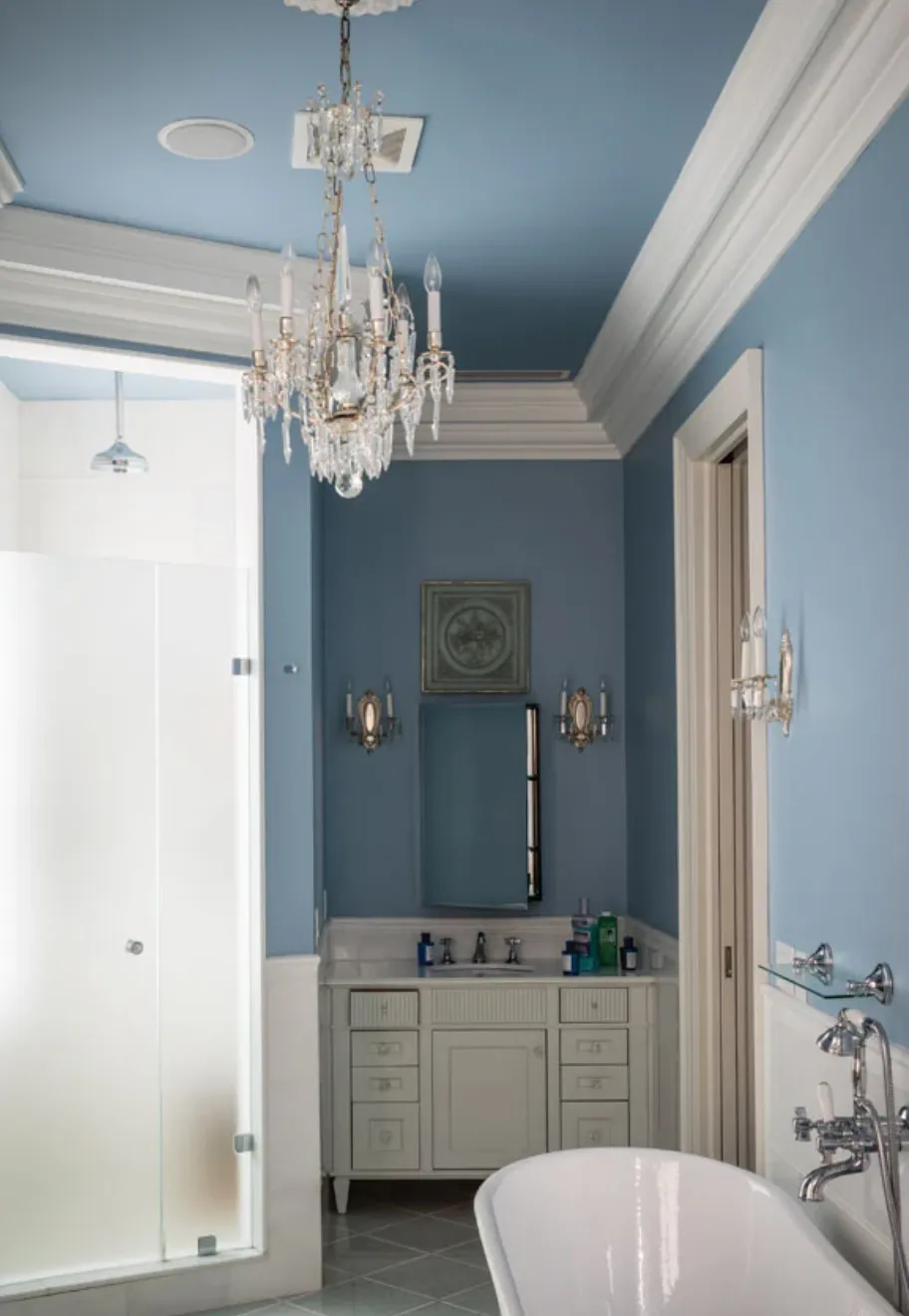
For extra impact, many homeowners opted for a glazed finish using a layer of coloured varnish over a plain white background, similar to modern colourwashing.
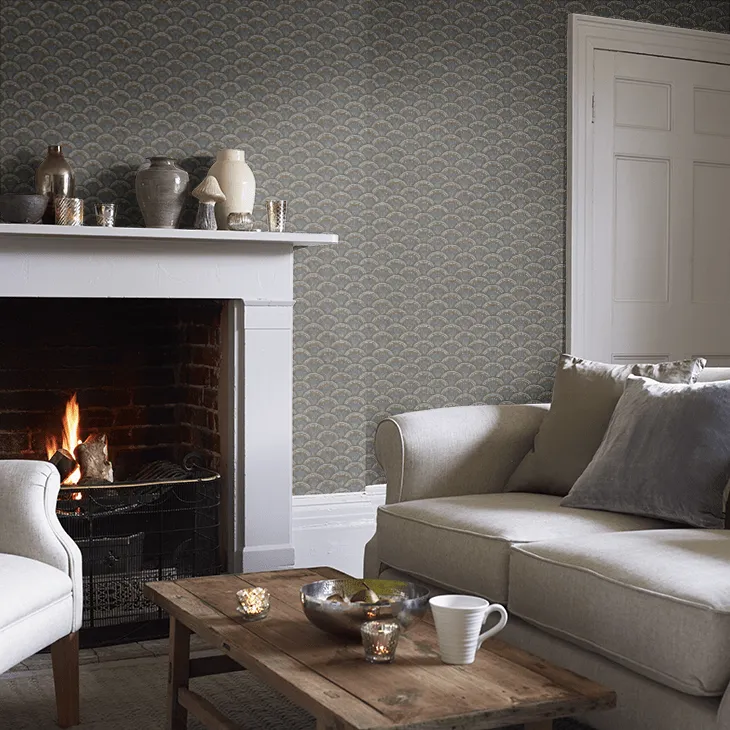
Regency homeowners could also add pattern and interest to their walls with stencils, wood-block printed wallpaper, or faux finishes - that is, walls and other surfaces painted to resemble other materials, such as marble or aged brass. With wallpapers imitating materials like marble, stone and wood becoming increasingly popular and sophisticated, these faux finishes can look right at home in a 21st century setting, too.
Ornaments inspired by Greek and Roman sculpture would decorate a typical wealthy Regency home, as well as portraits and pastoral artwork. Over the fireplace you'd be likely to find a large mirror, commonly oval-shaped.
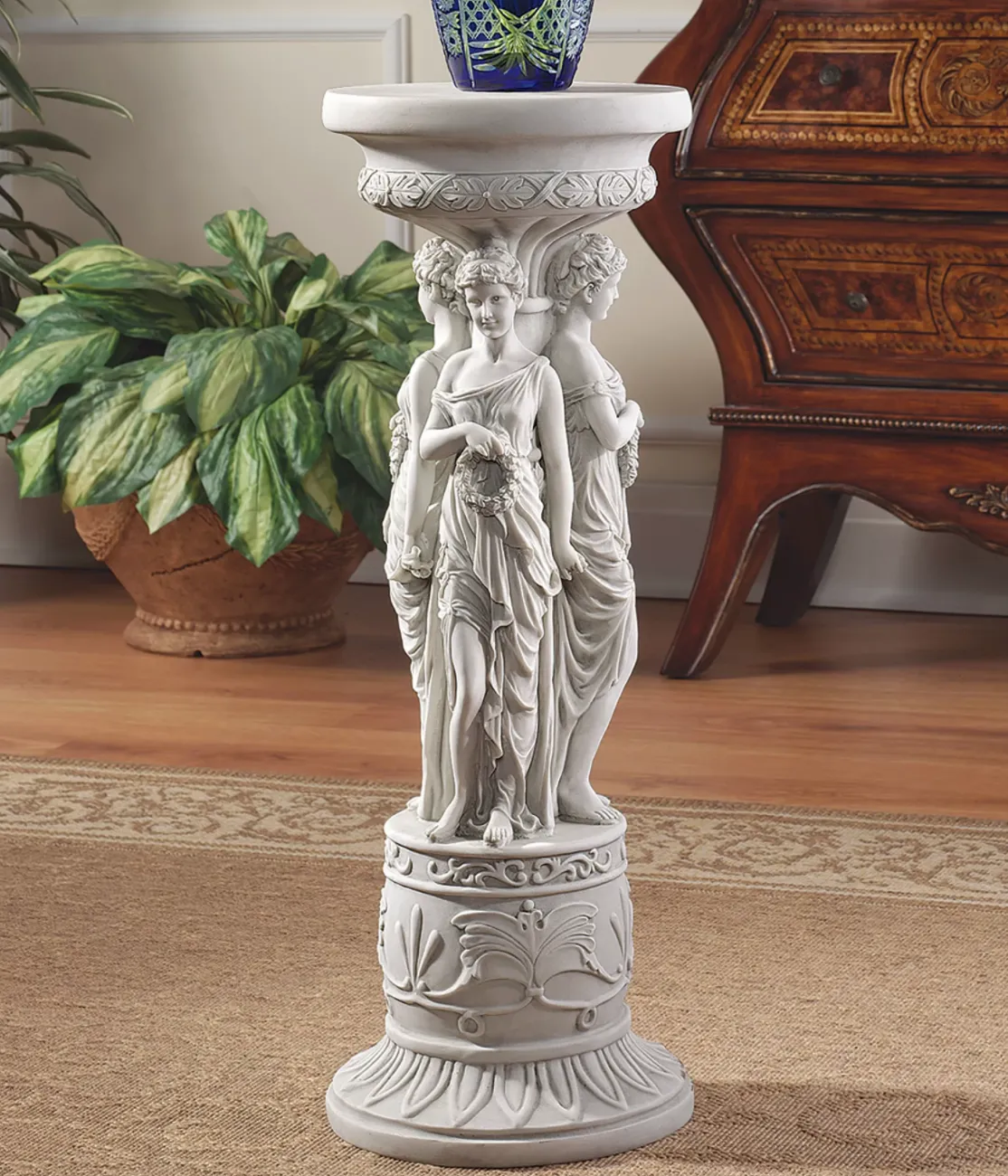
Drapes and wall hangings are also an essential element of any Regency interior. In the days before central heating, incorporating plenty of fabrics into your decor was a simple way to prevent rooms becoming chilly. In a modern home this may no longer be a consideration, but an ornate set of curtains will help you achieve the same ambience.
